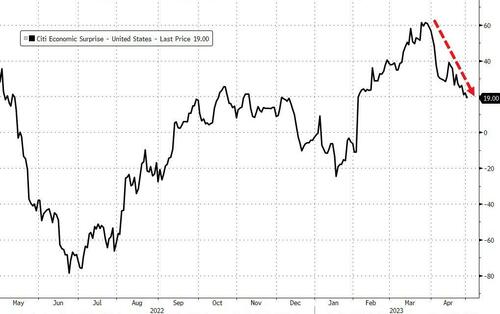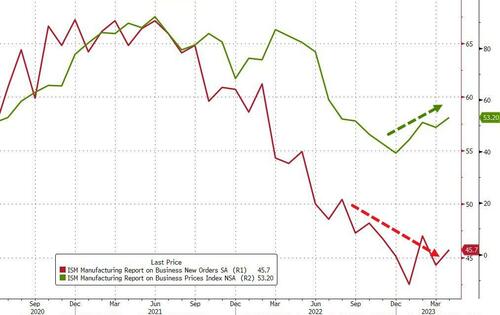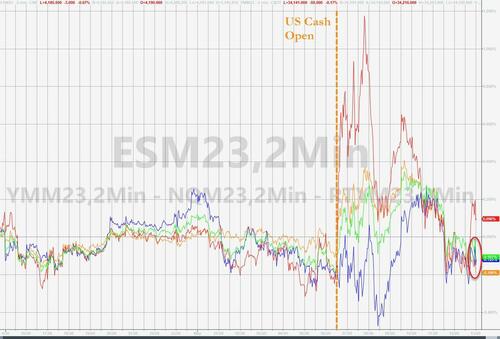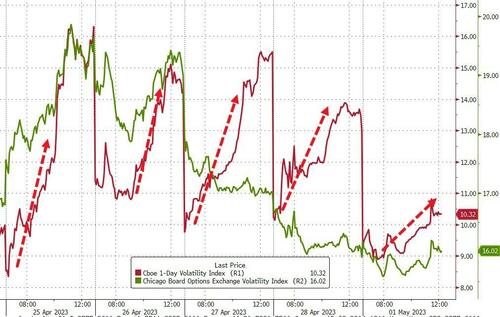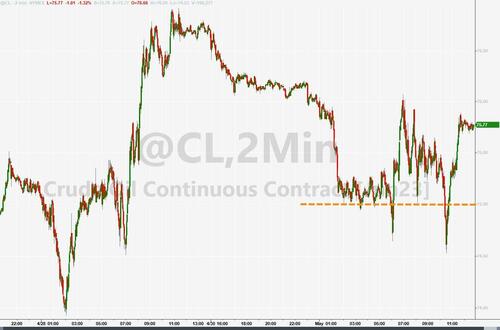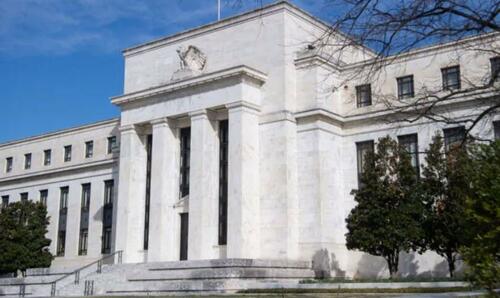
Richard Glossip has been on Oklahoma’s death row for almost 25 years. In that time, considerable doubt has been raised about the state’s case against him—including two damning investigations that lead even the state’s attorney general to advocate for a new trial. But none of that has been enough to stop the state’s plan to execute Glossip later this month.
Richard Glossip was convicted for the 1997 murder of his boss, Barry Van Treese. However, no one claims Glossip himself actually killed him. Instead, the state asserts that Glossip, who had been working as the manager of a motel owned by Van Treese, convinced 19-year-old maintenance man Justin Sneed to beat Van Treese to death with a baseball bat as part of an elaborate murder-for-hire scheme. While Glossip claims he was not at all involved in the murder, Sneed—as part of a plea deal with prosecutors to avoid the death penalty—testified during Glossip’s trial that Glossip had masterminded the crime.
Soon after Glossip’s conviction, the weaknesses of the case began to show. In 2001, Glossip’s conviction was overturned, and he was granted a new trial after an appeals court found that “the evidence at trial tending to corroborate Sneed’s testimony was extremely weak.” However, in 2004, he was reconvicted and resentenced to death. In the following years, Glossip has narrowly avoided death several times—coming so close that he has received three last meals.
However, in the past two years, a spate of new inquiries into Glossip’s case has sparked hope that he may receive a new trial. In 2021, a bipartisan group of legislators requested an independent investigation into the case. When it was finished in July 2022, it revealed staggering misconduct on behalf of the state, including that a county district attorney’s office had directed police to destroy physical evidence favorable to Glossip.
The investigation also “uncovered police contamination of the state’s star witness, Justin Sneed, the actual killer, who implicated Glossip only after the detectives mentioned Glossip’s name to Sneed six times during his interrogation,” wrote investigators in a 2022 press release. “Likewise, the investigation uncovered additional evidence, never presented to the jury or to any court, that would likely have led to a different outcome in the case.”
Last month, after the results of a second investigation into the case, Oklahoma’s Attorney General Gentner Drummond announced that he was requesting that Glossip’s conviction be overturned and that he be granted a new trial.
“After thorough and serious deliberation, I have concluded that I cannot stand behind the murder conviction and death sentence of Richard Glossip,” said Drummond in an April 6 statement. “Considering everything I know about this case, I do not believe that justice is served by executing a man based on the testimony of a compromised witness.”
However, the attorney general’s intervention hasn’t been enough to stop the state’s plans to execute Glossip. Last month, an appeals court declined to vacate Glossip’s conviction, concluding that Glossip “has not provided this Court with sufficient information that would convince this Court to overturn the jury’s determination that he is guilty.”
Making matters worse, last week, an Oklahoma parole board seemed to put to rest all hope that Glossip may finally escape death row. On April 26, the board declined to grant Glossip clemency and cleared the way for his execution, now set for May 18.
Drummond himself made the unusual step to testify before the parole board to argue for clemency. “I want to acknowledge how unusual it is for the state to support a clemency application of a death row inmate,” Drummond said during the parole board’s hearing. “I’m not aware of anytime in our history that an attorney general has appeared before this board and argued for clemency. I’m also not aware of any time in the history of Oklahoma when justice would require it. Ultimately that is why we are here.”
But even this wasn’t enough, and the board narrowly voted to deny Glossip clemency.
“The public support for Mr. Glossip is diverse, widespread, and growing, including at least 45 death penalty supporting Republicans in the Legislature who also reached the conclusion that there is too much doubt to execute Mr. Glossip,” said Don Knight, Glossip’s attorney. “It would be a travesty for Oklahoma to move forward with the execution of an innocent man.”
The state made grave errors in its prosecution of Richard Glossip—errors that several investigations have argued could have caused his conviction. But since those errors were discovered, it has proved nearly impossible to correct them—and nearly impossible to stop the ever-ticking execution countdown.
As the Los Angeles Times editorial board noted yesterday, “The bureaucracy of death has a schedule to keep…. Those impatient to keep the state’s killing on track correctly note that Glossip’s case has gummed up the works for decades.” Rather than granting Glossip a new trial once the state’s errors had been revealed, “the execution bureaucracy” decided that “it’s better, in this cruel and bloodthirsty nation of equal justice under the law, to kill people now. We can always sort out the truth later.”
The post As Oklahoma's Attorney General Calls for Clemency, the State Keeps Planning to Execute Richard Glossip appeared first on Reason.com.
from Latest https://ift.tt/vjKGWYk
via IFTTT
